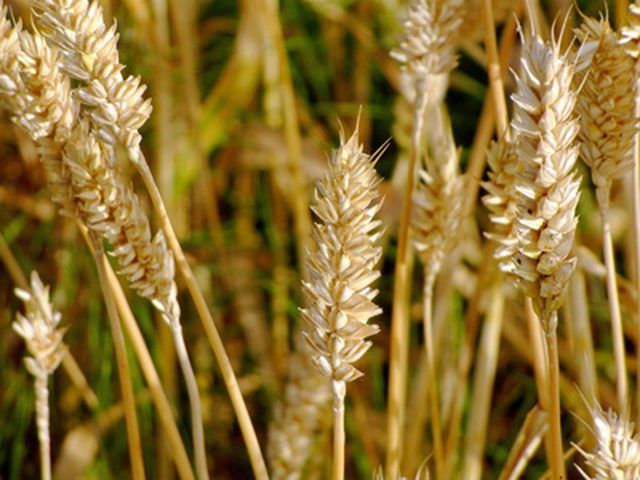Bulbs
Flower Basics
Flower Beds & Specialty Gardens
Flower Garden
Garden Furniture
Garden Gnomes
Garden Seeds
Garden Sheds
Garden Statues
Garden Tools & Supplies
Gardening Basics
Green & Organic
Groundcovers & Vines
Growing Annuals
Growing Basil
Growing Beans
Growing Berries
Growing Blueberries
Growing Cactus
Growing Corn
Growing Cotton
Growing Edibles
Growing Flowers
Growing Garlic
Growing Grapes
Growing Grass
Growing Herbs
Growing Jasmine
Growing Mint
Growing Mushrooms
Orchids
Growing Peanuts
Growing Perennials
Growing Plants
Growing Rosemary
Growing Roses
Growing Strawberries
Growing Sunflowers
Growing Thyme
Growing Tomatoes
Growing Tulips
Growing Vegetables
Herb Basics
Herb Garden
Indoor Growing
Landscaping Basics
Landscaping Patios
Landscaping Plants
Landscaping Shrubs
Landscaping Trees
Landscaping Walks & Pathways
Lawn Basics
Lawn Maintenance
Lawn Mowers
Lawn Ornaments
Lawn Planting
Lawn Tools
Outdoor Growing
Overall Landscape Planning
Pests, Weeds & Problems
Plant Basics
Rock Garden
Rose Garden
Shrubs
Soil
Specialty Gardens
Trees
Vegetable Garden
Yard Maintenance
Why Do Farmers Use Crop Rotation?
Why Do Farmers Use Crop Rotation?. Crop rotation is a common practice among modern-day farmers. If you live in farm country, you're probably used to seeing wheat grown on one field for a couple of years, then the wheat being substituted with another crop, such as yams. This doesn't mean that the farmer grew tired of growing wheat or that wheat is...

Crop rotation is a common practice among modern-day farmers. If you live in farm country, you're probably used to seeing wheat grown on one field for a couple of years, then the wheat being substituted with another crop, such as yams. This doesn't mean that the farmer grew tired of growing wheat or that wheat is no longer a profitable crop. Crop rotation, rather, is a way to make the most efficient use of farmland.
Definition
Crop rotation refers to the practice of planting a crop in one field for a predetermined period of time, then planting a different crop on that same field for another rotation of time. Succeeding crops are usually of a different genus, species, subspecies or variety than the previous one, according to Dr. Michael D. Reed, a small grains extension agronomist from North Dakota State University. Rotations commonly last two or three years.
Advantages
Rotating crops on a piece of land helps maintain the fertility of the soil so that growing crops continue to get the nutrients they need from the soil. It does this by depositing extra nitrogen in the soil from the previous crop. That nitrogen is then available for the next crop. Crop rotation also helps to reduce erosion and discourages pest populations from growing out of control, because pests that thrive in one crop may not be able to live off another.
Effects
Farmers must contend with basic concerns, like weather destroying their crops or the market for their crops flailing, given the economy. However, crop rotation removes one concern from the table: that crops will not flourish. That's because crop ration ultimately results in better crop yields, since rotating crops ensures that each crop has the nutrients it needs and that pests will not kill it. This, in turn, results in increased profits. In times when farmers often find themselves struggling to turn a sufficient profit, crop rotation is one way to remain profitable.
Disadvantages
Some farmers have abandoned crop rotation farming because this strategy requires additional planning and management skills, according to Reed. That's because succeeding crops should require different nutrients than the current one required, since the current crop likely depleted specific nutrients from the soil. Additionally, farmers who wish to rotate crops will have to invest heavily in many types of equipment and may need to hire added help, according to the Crop Rotation website, since existing crops will have to be removed to make room for a new crop.
Considerations
Farmers must carefully consider the type of soil they're working with and the specific nutrients required for each crop when deciding what crop will succeed the current one. The type of crop you choose should depend on the nutrients available in your soil, notes the Crop Rotation website.